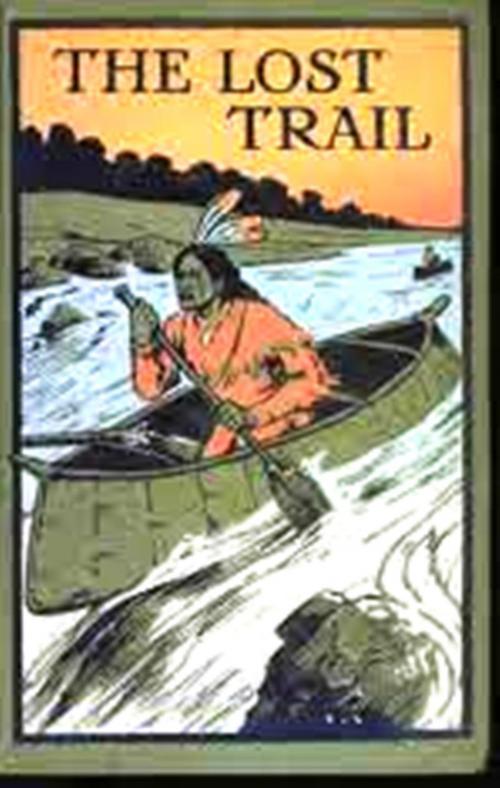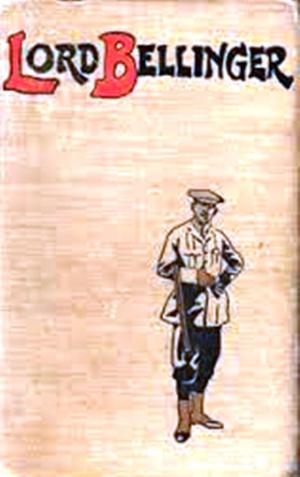| Author: | Edward S. Ellis | ISBN: | 1230000157388 |
| Publisher: | WDS Publishing | Publication: | August 3, 2013 |
| Imprint: | Language: | English |
| Author: | Edward S. Ellis |
| ISBN: | 1230000157388 |
| Publisher: | WDS Publishing |
| Publication: | August 3, 2013 |
| Imprint: | |
| Language: | English |
One afternoon in early spring, Jack Carleton, a sturdy youth of seventeen years, was following a clearly-marked trail, leading through the western part of Kentucky toward the Mississippi river. For many a mile he followed the evenly spaced tracks made by a horse on a walk, the double impressions being a trifle more than three feet apart.
“Helloa!” exclaimed, Jack, when he looked at the earth again and observed that the tracks had taken a new form, with nearly eight feet between them. “Otto has forced the colt to a trot. He must be in a hurry, or he thinks I am fond of traveling.”
Thus far the lusty young Kentuckian felt no misgiving, but within fifty yards the trail underwent the startling change—the footprints being separated by more than three yards now.
“My gracious,” muttered the boy, coming to a full stop, “something is wrong: Otto would not have put the horse on a dead run if he hadn't been scared.”
Jack Carleton proved his training by the keenness and quickness with which he surveyed his surroundings. The woods were on every hand, but they were open and free from undergrowth, so that he gained an extensive view.
As he advanced with vigorous steps along the winding path, his eyes sometimes rested on the pendulous branches of the majestic elm, a small purple flower here and there still clinging to the limbs and resisting the budding leaves striving to force it aside; the massive oak and its twisted, iron limbs; the pinnated leaves of the hickory, whose solid trunk, when gashed by the axe, was of snowy whiteness; the pale green spikes and tiny flowers of the chestnut; the sycamore, whose spreading limbs found themselves crowded even in the most open spaces, with an occasional wild cherry or tulip, and now and then a pine, whose resinous breath brooded like a perennial balm over the vast solitude.
One afternoon in early spring, Jack Carleton, a sturdy youth of seventeen years, was following a clearly-marked trail, leading through the western part of Kentucky toward the Mississippi river. For many a mile he followed the evenly spaced tracks made by a horse on a walk, the double impressions being a trifle more than three feet apart.
“Helloa!” exclaimed, Jack, when he looked at the earth again and observed that the tracks had taken a new form, with nearly eight feet between them. “Otto has forced the colt to a trot. He must be in a hurry, or he thinks I am fond of traveling.”
Thus far the lusty young Kentuckian felt no misgiving, but within fifty yards the trail underwent the startling change—the footprints being separated by more than three yards now.
“My gracious,” muttered the boy, coming to a full stop, “something is wrong: Otto would not have put the horse on a dead run if he hadn't been scared.”
Jack Carleton proved his training by the keenness and quickness with which he surveyed his surroundings. The woods were on every hand, but they were open and free from undergrowth, so that he gained an extensive view.
As he advanced with vigorous steps along the winding path, his eyes sometimes rested on the pendulous branches of the majestic elm, a small purple flower here and there still clinging to the limbs and resisting the budding leaves striving to force it aside; the massive oak and its twisted, iron limbs; the pinnated leaves of the hickory, whose solid trunk, when gashed by the axe, was of snowy whiteness; the pale green spikes and tiny flowers of the chestnut; the sycamore, whose spreading limbs found themselves crowded even in the most open spaces, with an occasional wild cherry or tulip, and now and then a pine, whose resinous breath brooded like a perennial balm over the vast solitude.















